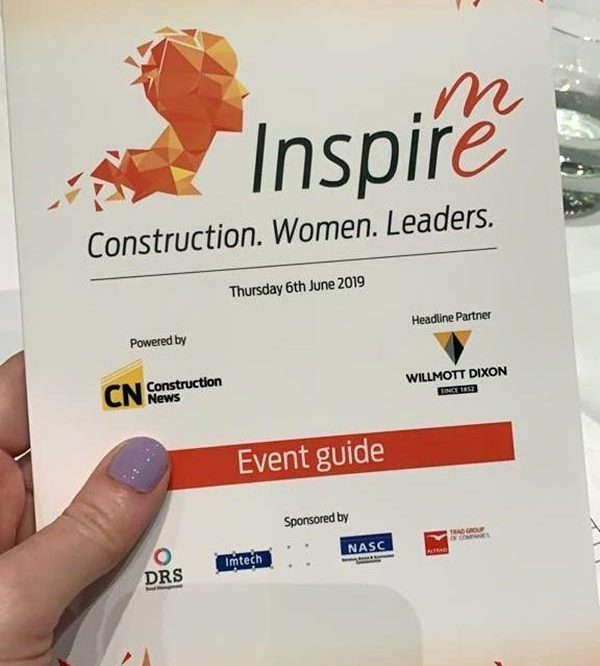Diversity is the future of construction
Published - 26th July 2019
A couple of years ago, Mark Farmer produced a report with the dramatic title ‘Modernise or die’: a call to arms for the construction industry to not only begin to acknowledge the challenges it faced, but to face them head on and come together to find innovative solutions.
As a construction marketing agency, we have a bird’s eye view of the sector that those working for construction companies often don’t have time or space to take.
And the topic that we see coming up again and again is diversity. Unfortunately, when people think of the construction sector, the picture that forms in their mind is probably accurate: the industry is overwhelmingly male, white, and getting older.
Time to diversify
Many of the problems of the industry could be resolved by attracting a more diverse workforce. However, clearly it’s not that simple!
I recently attended an event hosted by the Chartered Institute of Marketing’s Construction Industry Group at the House of Lords, which brought together some of the industry’s leading lights to debate the state of the sector including its shrinking labour force. The overwhelming conclusion was that the industry needs to work together to overcome its image problem and become a desirable career path for talented young people – of all walks of life – by speaking to primary school-age children about the prospects of a career in construction.
Methods are modernising
In reality, the industry shouldn’t be a hard sell: this is one of the most exciting times for construction, thanks to the move towards off-site construction and manufacturing, and the rise of digital construction – all of which are opening the door to a whole new range of skills.
While some trades, like painting and decorating, will likely stand the test of time, some on-site trades like joinery and bricklaying could be replaced by off-site equivalents.
This means that construction workers are more likely to be operating machinery or computers than trowels and hammers. Perhaps people who have previously been put off by the physicality or working conditions associated with construction work can now find a role that works for them. For example, a move to more desk-based roles could open the doors to people with physical disabilities, as well as more women.
Organisations like CADCOE are already beginning to offer training that covers digital design and construction, both of which are likely to attract a more diverse range of candidates who just happen to be exactly what the industry needs.
Share responsibilities
The industry also needs to work on ensuring that new people attracted to the industry have a good experience, so they remain in their role and develop along with the new-look sector they have helped to create.
Leading trade publication Construction News’ ‘Inspire Me’ event was eye-opening in lots of good ways on this topic, largely focusing on improving women’s experience of working in construction. It was heartening to hear how much things have changed in the past few decades, and very exciting to learn that many companies are now taking positive steps to attract and retain a more diverse talent pool.

Engineering giant Arup’s policy of ensuring that every level of their company retains the same proportion of men and women will eventually result in a business that is very close to evenly balanced. And when a member of the panel contended that flexible working should become the norm, with no justification needed, I found myself applauding in total agreement.
From our own experience at Harris, we have worked with several members of our team to arrange flexible working patterns to allow them to return to their role following maternity leave, and we would not be the company we are today if we had lost their expertise and vast knowledge.
To me, it’s obvious: we have to make our industry the type of place that more people from all walks of life want to work in. Part of that is down to the type of jobs on offer. But the other half of the solution comes from us, the companies working in the industry. We all have a responsibility to make this sector better – for everyone.
Harris »